Miyazaki’s “Gyoza” Culture
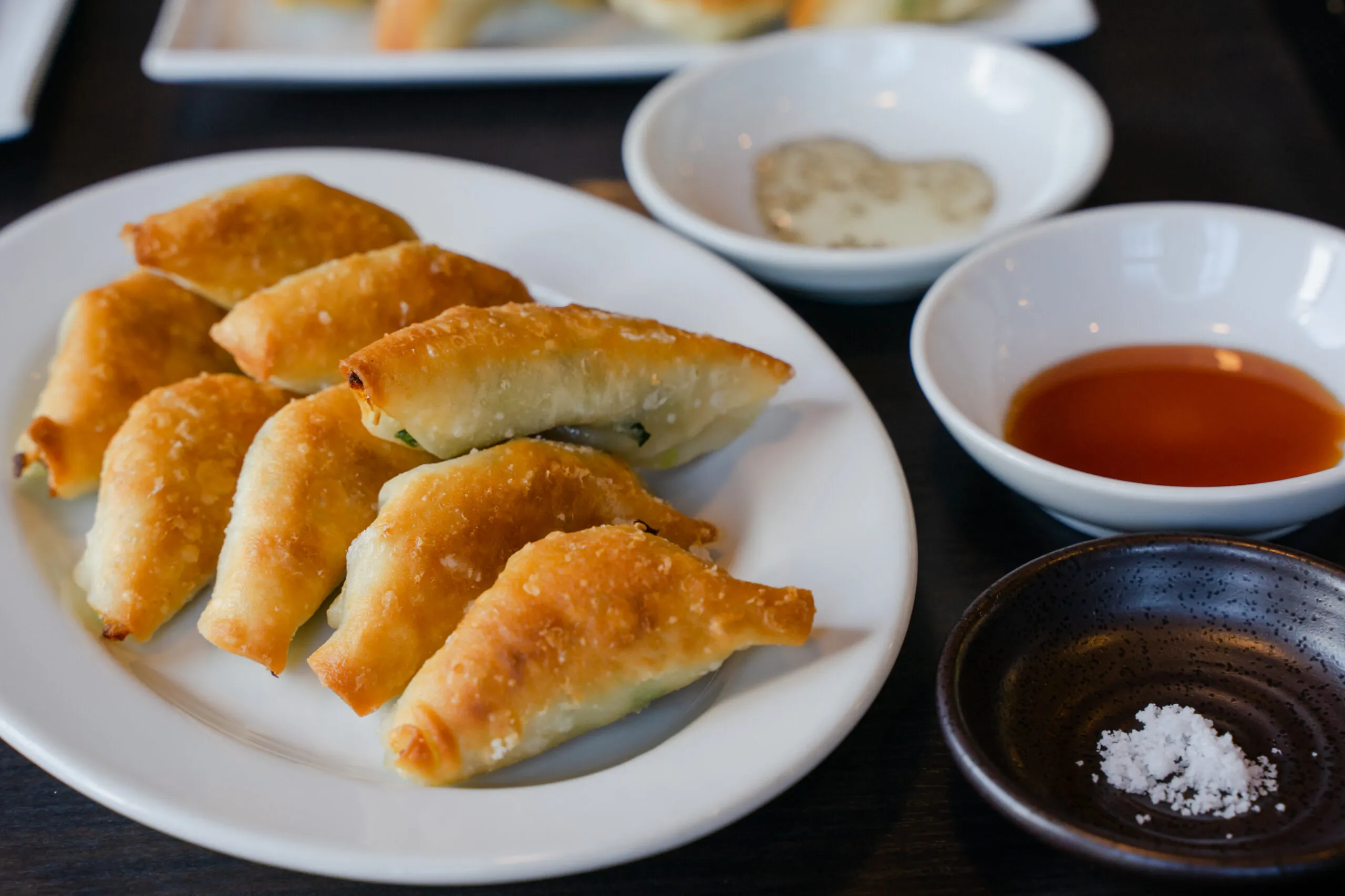
“Gyoza”, the Japanese style dumpling, is one of the most popular national foods in Japan.
The most common way of eating dumplings in Japan is the “Yaki-Gyoza” style, which is to pan-fry them with lard or oil on a pan, unlike steamed or boiled dumplings which are more common in China.
The news of Miyazaki City beating the two top leaders, Utsunomiya and Hamamatsu, and winning the top consumer of gyoza in Japan for two consecutive years stunned all the gyoza lovers in Japan.
According to The Family Income and Expenditure Survey in 2022 reported by the Ministry of Public Management, Miyazaki City bought and ate more gyoza per household than the rest of Japan. This result has made Miyazaki widely known as another “Gyoza City” in Japan.
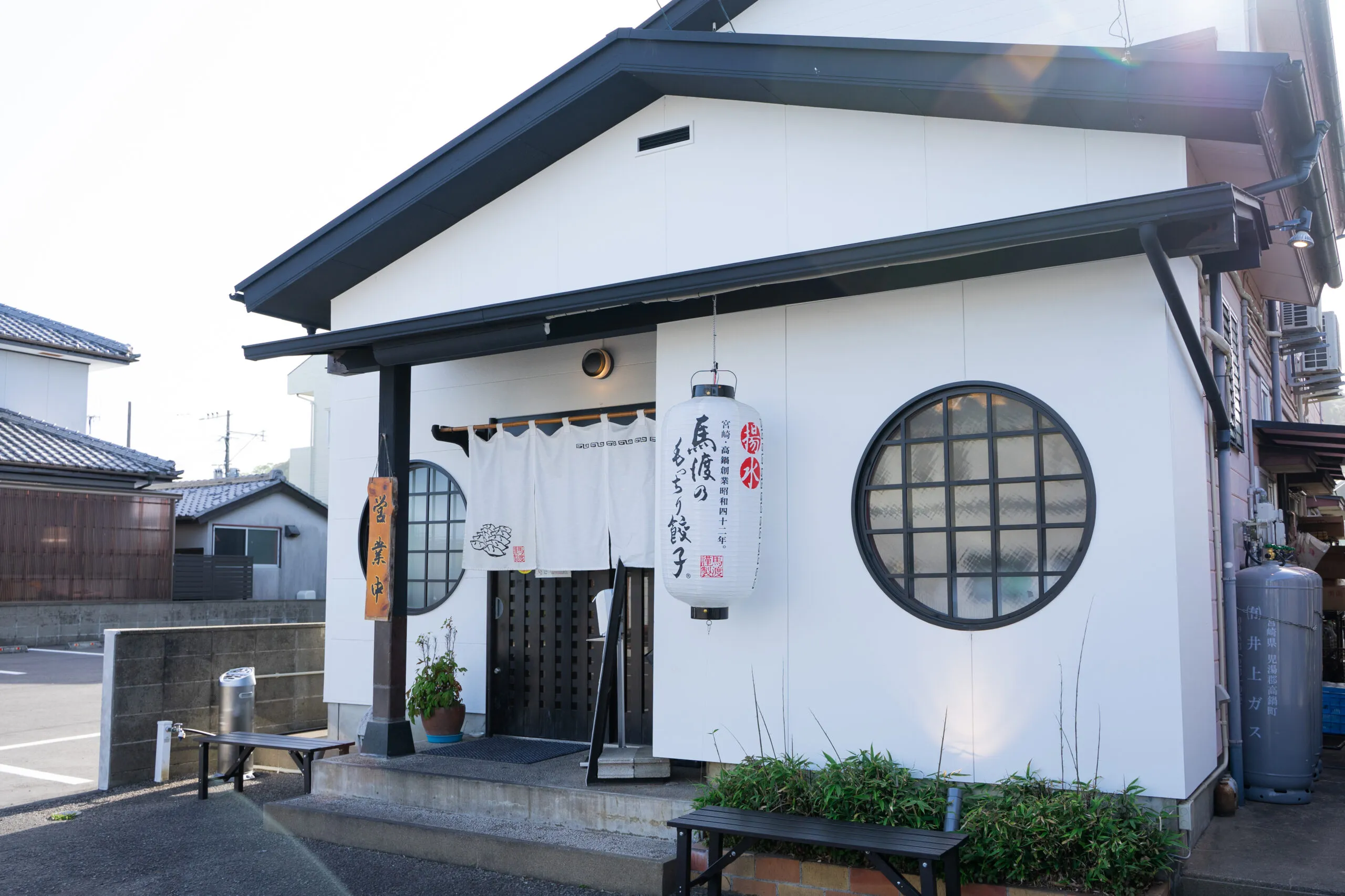
Takanabe, also known as “The Gyoza Town of Miyazaki”, is a small town made up of just under 20,000 people and is located north of Miyazaki City.
In fact, Miyazaki’s gyoza culture is not a recent trend. In Takanabe, there has been a custom of eating gyoza on a daily basis for more than fifty years. People constantly visit local stores to buy gyoza for daily diets, and also for annual family occasions such as Obon, New Years, or cherry blossom viewing to entertain guests and family members.
There are more than 18 restaurants specializing in gyoza in Takanabe and two of them have been running for over 50 years. More and more gyoza stores opened after the first two stores created the foundation for gyoza culture there.
The biggest attraction of Miyazaki’s gyoza is that you can enjoy many fresh local ingredients all in one dish. Miyazaki is a rich repository of natural ingredients; in addition to cabbage and garlic chives which are the speciality of Takanabe, Miyazaki has some of the top branded pork, beef, and chicken in Japan.
Gyoza is often made with leftover pork or beef, therefore a lot of ginger and garlic is usually added to remove the gaminess of the meat. On the other hand, Miyazaki’s gyoza is typically made with all fresh ingredients grown in local farms. You may find that Miyazaki’s gyoza is simply seasoned to optimize the umami of each ingredient and the natural sweetness from the vegetables.
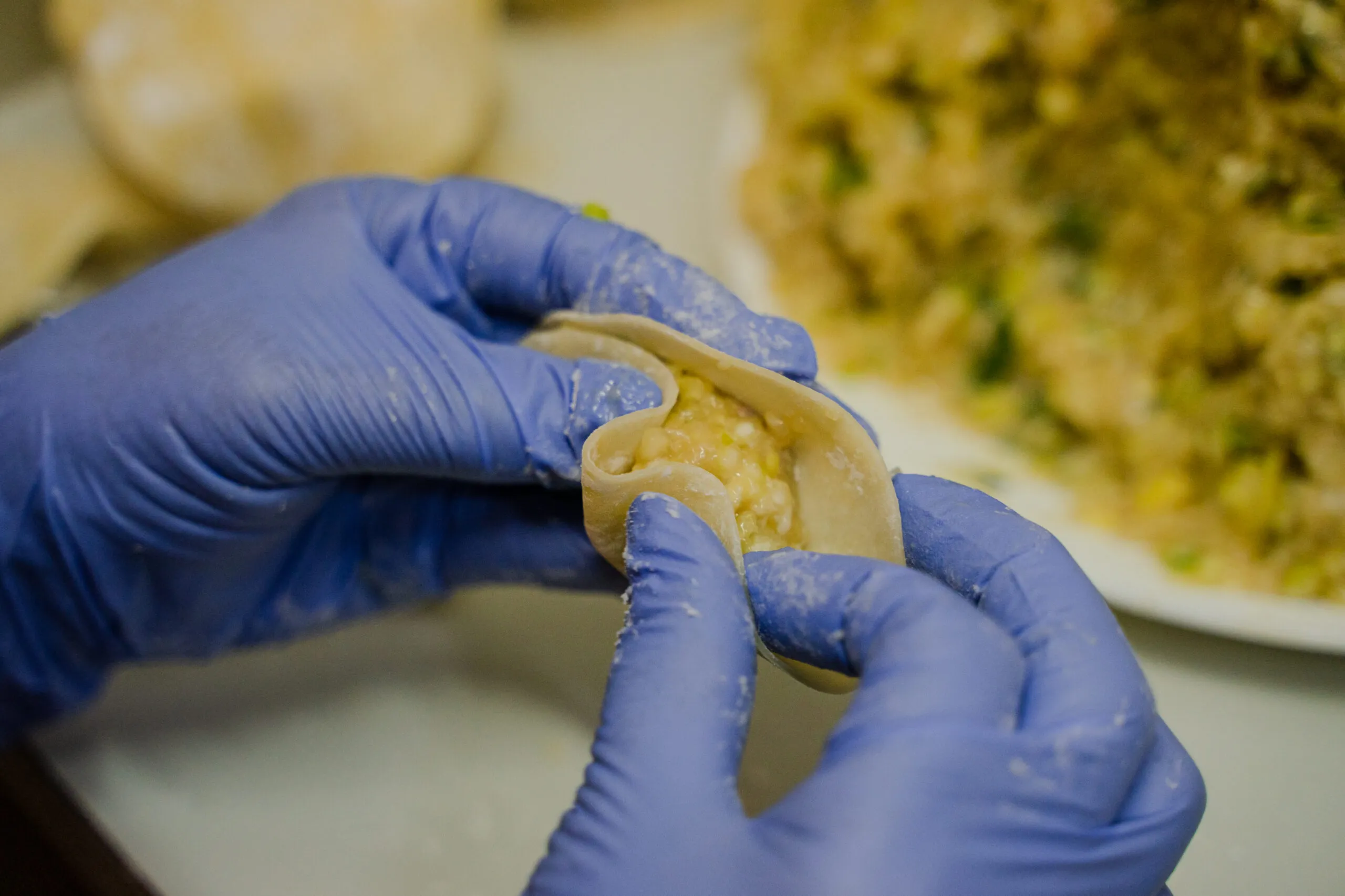
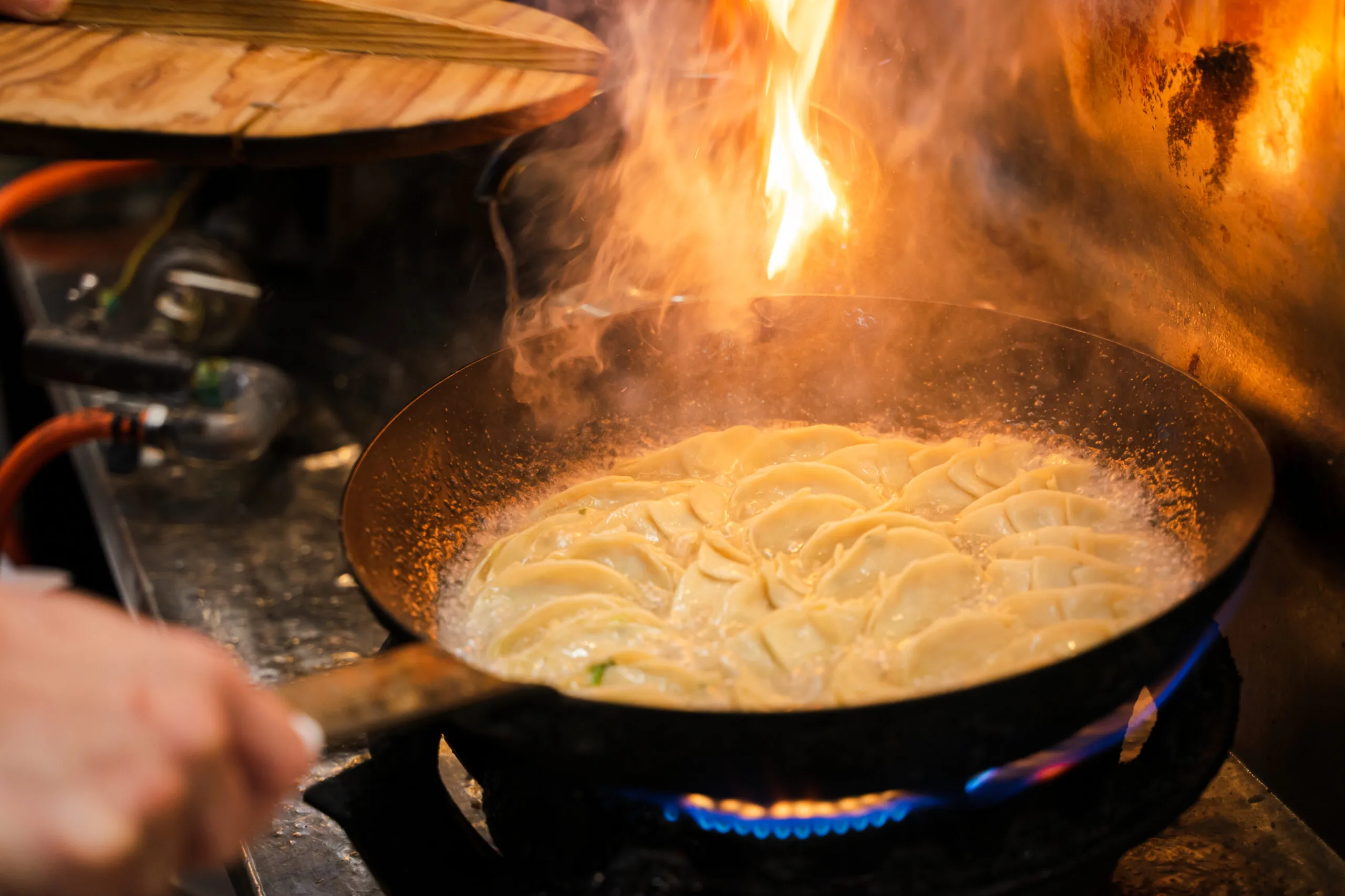

There are a variety of seasonings depending on the store. Ask the chef how best to taste it.
Because Miyazaki has a wide variety of fresh local ingredients, the filling combinations are literally infinite. Each restaurant tries to make the best combination to bring out the ultimate flavor. Be sure to visit different restaurants and enjoy the diverse gyoza culture in Miyazaki.
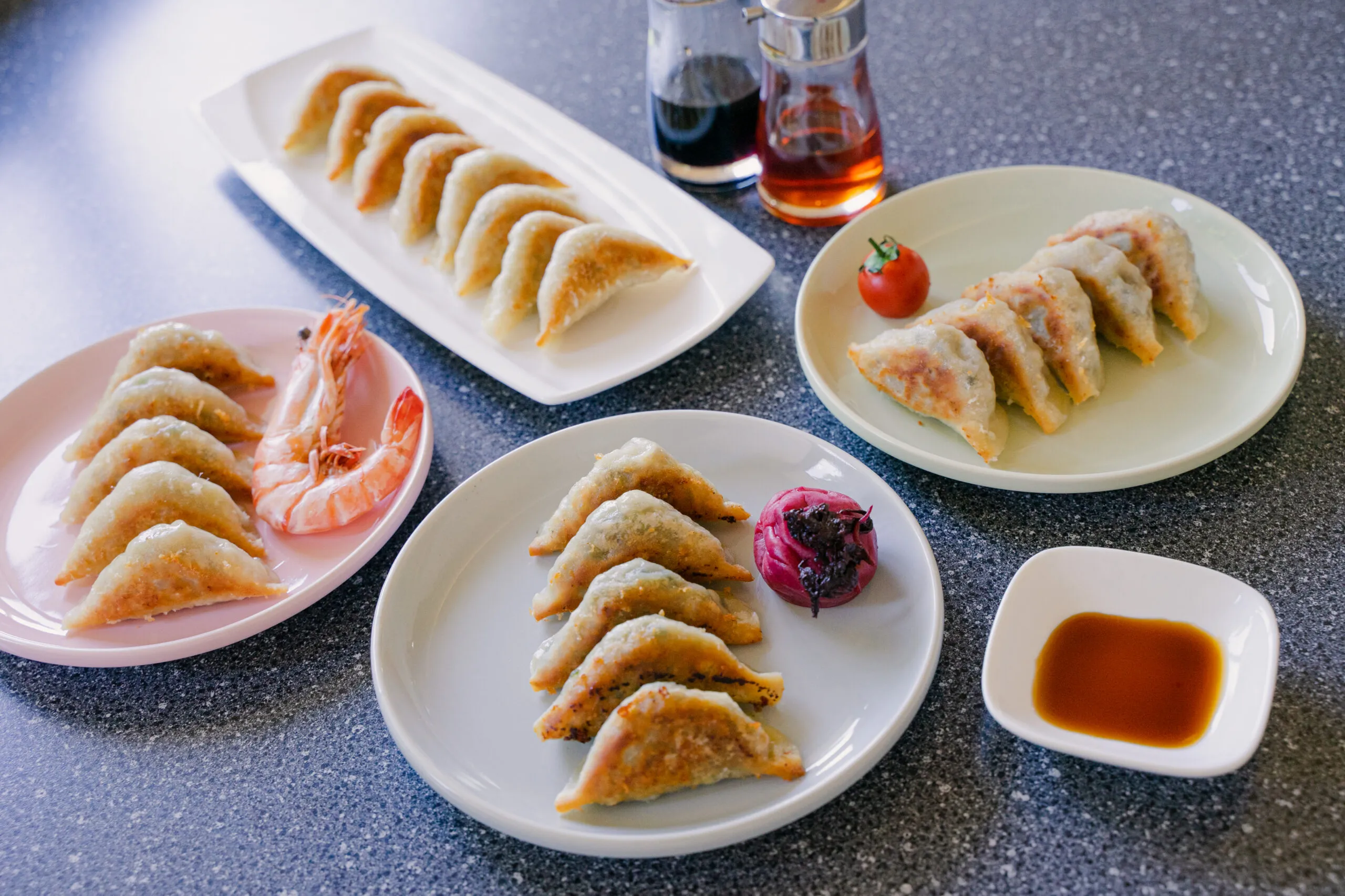
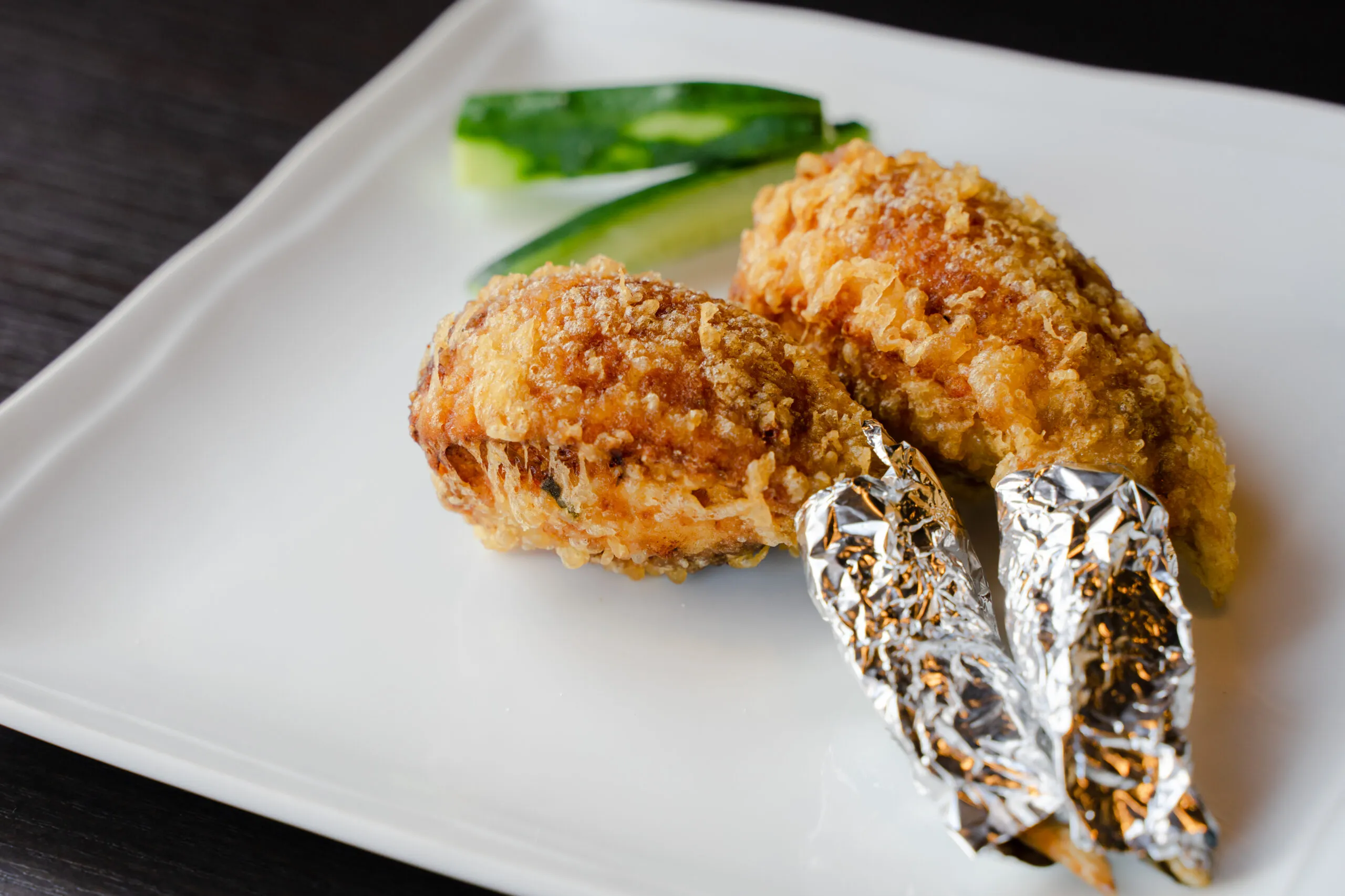
Another remarkable aspect of Miyazaki’s gyoza culture is that the workers of the local specialty restaurants strongly desire to help local farms and businesses by using Miyazaki’s ingredients to create authentic gyoza.
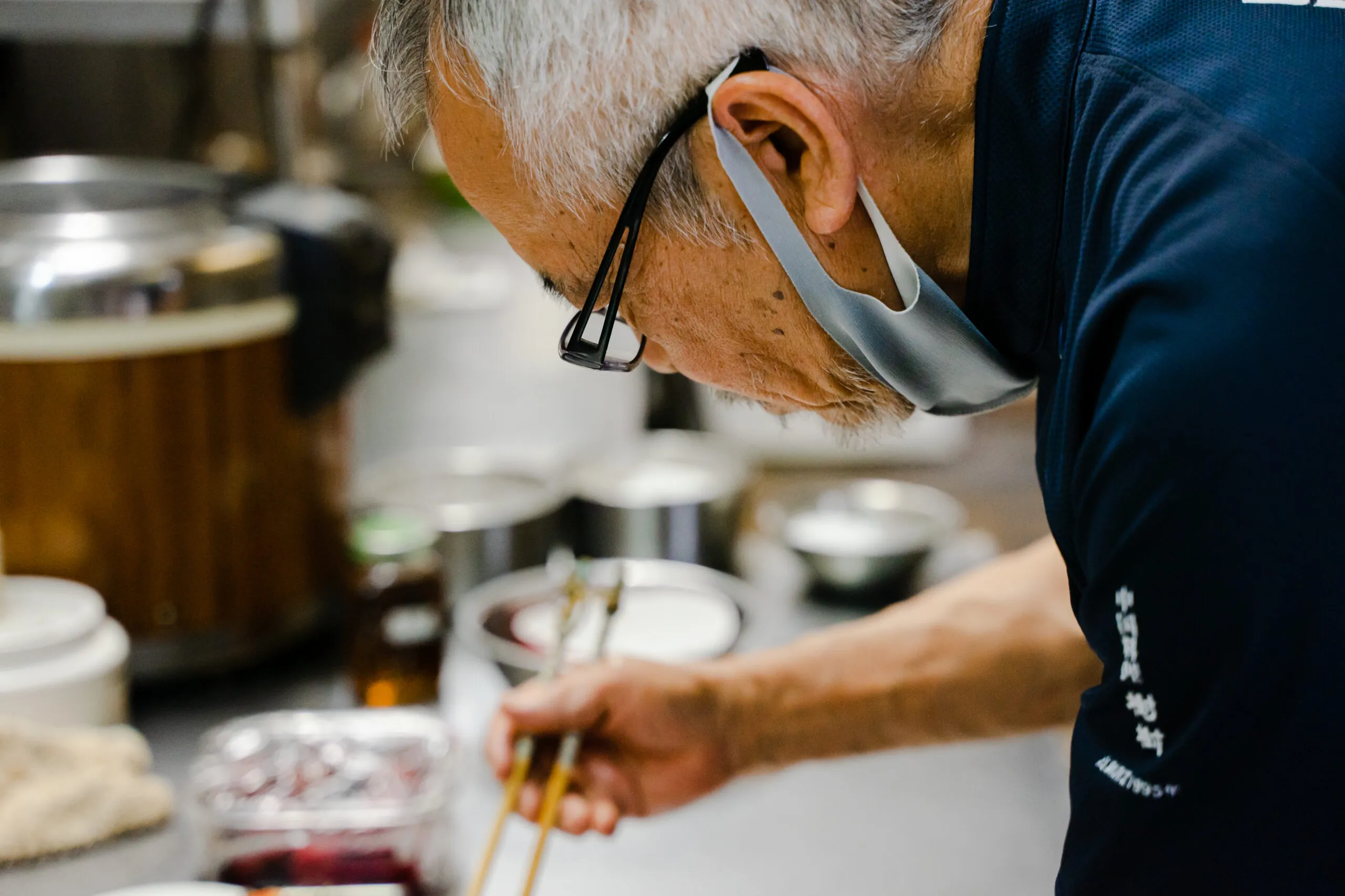
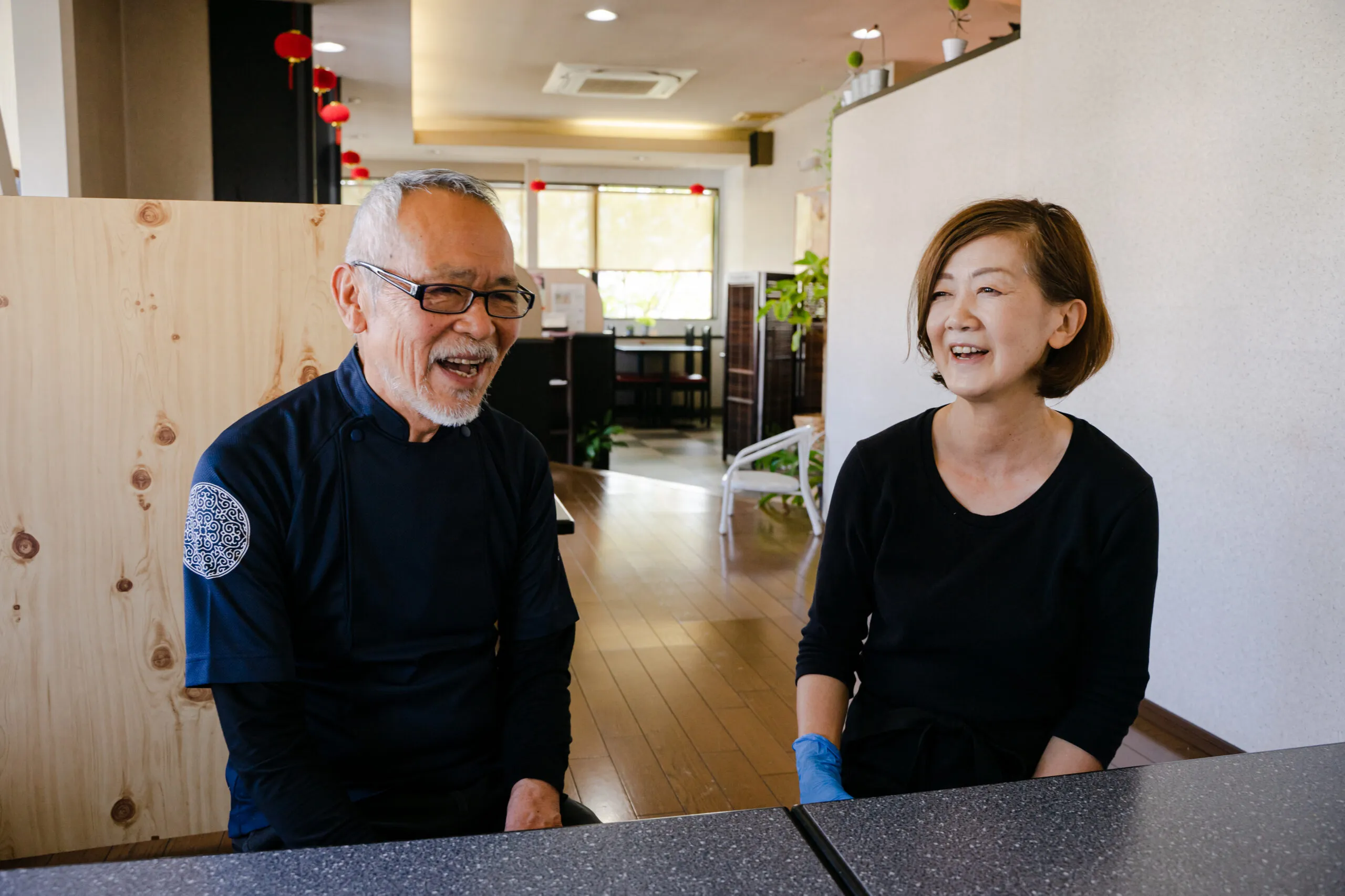
“As an expert in the gyoza industry, loving gyoza is only natural. Furthermore, we also love Miyazaki. It is not only about selling and spreading good products, but contributing to Miyazaki by making great gyoza using local ingredients, consistently experimenting in different ways to make products more appealing, and helping people understand why local ingredients matter,” said the owner of one of the oldest restaurants in Takanabe who has supported Miyazaki’s longest gyoza culture.
The fact that a lot of restaurant owners and chefs have passion and a spirit of wanting to bring good influences to their hometown has been making Miyazaki’s gyoza quality get better every year.


As social conditions change, people’s sense of taste keeps changing too.
To meet their needs, the leaders who have been preserving the traditions for a long time have already started to change their role and search for a new, ideal way of supporting locals and their businesses.
Movements contributing to regional development became even more active in Miyazaki after the city received the title of “another great gyoza town in Japan”. A lot of restaurants started to change food suppliers to local companies while balancing costs and creating original flavors in order to increase Miyzaki’s potential in Japan.

The Miyazaki gyoza promoter known as “Gyoza Prince” says, “Miyazaki is a miraculously well-suited place for making delicious gyoza. Miyazaki is a place full of fresh ingredients, and people with love and passion who can truly enhance the possibility of enjoying various types of gyoza.”
Miyazaki’s gyoza culture will keep developing progressively in the future.
